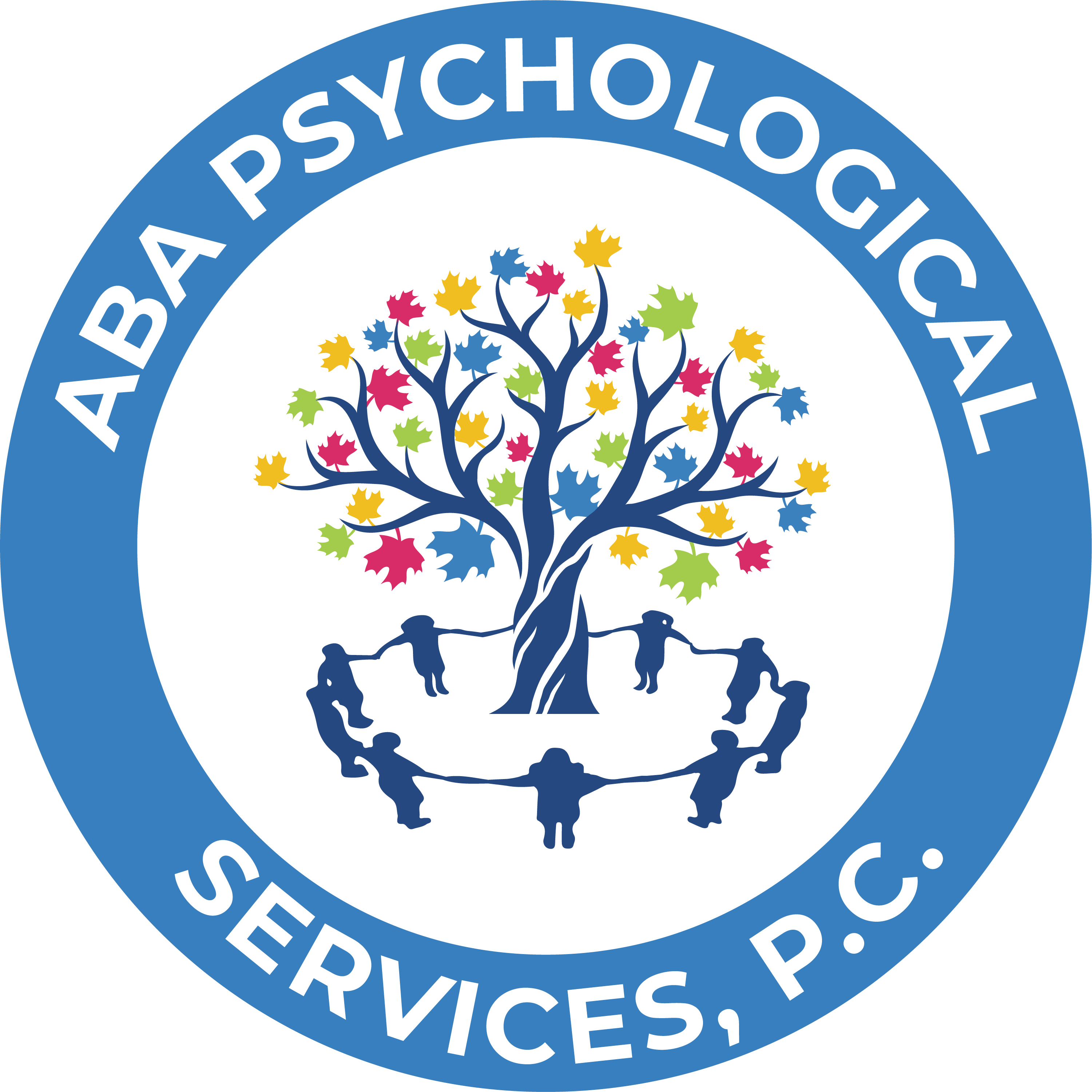
NEWS
Art for Autism: Exploring the Creative Expressions on Individuals on the Spectrum
Aug 8, 2024
By ABA Psychological Services
Art for Autism: Exploring the Creative Expressions on Individuals on the Spectrum
Art therapy plays an important role in the lives of individuals with autism — for both
children and adults. It is a powerful and expressive outlet, allowing them to overcome
communication barriers often encountered on the spectrum. Through art therapy,
individuals can experience diverse mediums like drawing, painting, and sculpture to
convey and express their thoughts and feelings through creativity and freedom.
What Is Art Therapy for Autism?
As a type of psychotherapy, art therapy uses art as a means of expression and
communication. It is used to help individuals with autism spectrum disorder (ASD) express
their emotions. Engaging in creative arts is eDective in helping children with autism
overcome behavioral, social, and developmental challenges.
The Connection Between Art Therapy and Autism
Art therapy oDers individuals on the autism spectrum an alternative way to communicate
and express their emotions. Many people on the autism spectrum struggle with social and
verbal communication. However, art therapy provides them with an enjoyable method for
self-expression and processing memories. Through creating visual art, they can
communicate in profound and meaningful ways.
It's also an excellent time for bonding between a therapist and an individual on the
spectrum. It allows them to work one-on-one to improve their ability to manage sensory
issues while strengthening coping and fine motor skills, encouraging abstract thinking and
imagination, and much more.
Different Types of Art Therapy Activities
Many art therapy activities can benefit children and adults, promoting mental, emotional,
and physical well-being. Adults can enjoy a variety of creative pursuits like painting,
sculpting, collaging, and more. Additionally, children with autism can experience the joy of
hands-on activities such as working with playdough, creating sand art, coloring, and
making ice cube drawings, all under the guidance of caring art therapists.
Some art therapy activities involve pattern-based exercises, which are particularly
beneficial for individuals with autism. These exercises align with their natural preference
for order and sequencing, playing to their strengths and helping to build greater selfesteem and confidence.
Sculpting exercises like using clay or playdough can also inspire sensory engagement. It's a
great way to awaken individuals on the spectrum’s senses and engage in tactile
experiences. Working with sculpting materials is a rewarding and therapeutic hands-on
approach to art therapy that can be transformational.
How Effective Is Children’s Art Therapy?
Art therapy is eDective for people of all ages. Children's art therapy can be a beneficial form
of expressive therapy, helping to diagnose and treat behavioral health disorders. Engaging
in art therapy activities allows children and teens to express their thoughts and feelings
without the pressure of verbal exchanges or the stigma often associated with traditional
therapy.
When Is a Good Time to Start Art Therapy?
Art therapy can benefit children on the autism spectrum as young as two or three years old.
It oDers an opportunity to explore their strengths and address their unique challenges.
Best Practices for Delivering Art Therapy to Children with Autism
All art therapy needs to be customized for an individual's unique abilities and needs, and
some best practices have been shown to work for those on the spectrum. Providing
structure and routine for each art therapy session is essential. However, each session must
also spark curiosity and focus on building diDerent skills. Clear instructions and guidance
should be provided, but it shouldn't feel demanding. Additionally, using too many diDerent
art materials at a time can be overstimulating and may cause challenges during a session.
Learn More About ABA Therapy for Autism
At ABA Psychological Services, P.C., we specialize in helping individuals, families, and
professionals face the unique challenges associated with autism. Our team collaborates
with Board-Certified Behavior Analysts (BCBAs) to develop eDective treatment and service
plans for both children and adults with autism spectrum disorder.
We encourage you to get in touch with us to discover more about our approach to
improving social behavior, academic performance, and language development in
individuals. Each of our treatment programs is tailored to assist individuals in leading
meaningful and fulfilling lives. Contact us today!
